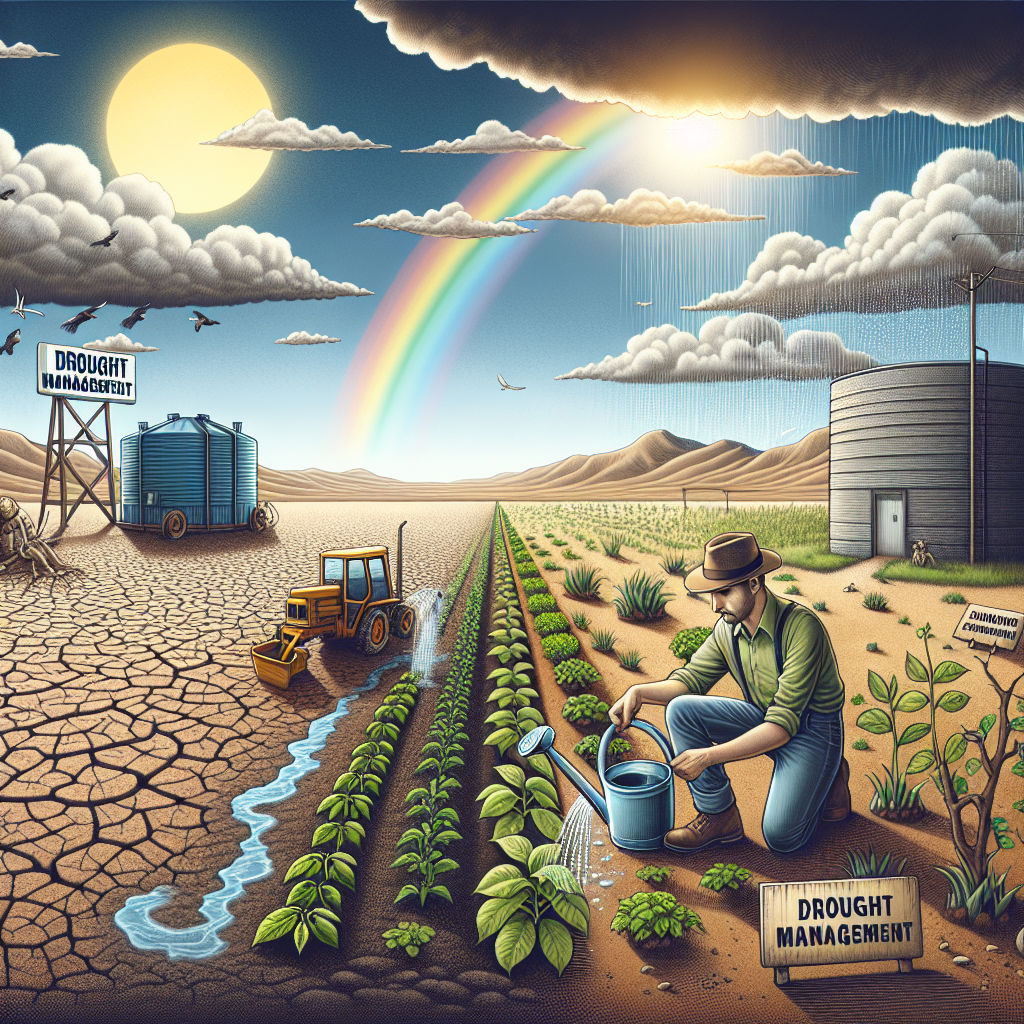Drought Strikes Nepal's Terai Plains, Threatens Rice Bowl
The Terai plains in Nepal face a severe drought, with rainfall significantly below average. This has led to a decline in paddy plantation in Madhesh province, critical for rice production. Farmers without irrigation are hardest hit. The government is urged to adopt better water management practices.

- Country:
- Nepal
The Terai plains in southern Nepal are grappling with a severe drought, as rainfall levels plummet far below the long-term average. This has caused just 33% of paddy plantations in the Madhesh province, Nepal's rice bowl, to be completed, according to officials.
Three regions—Madhesh province in the south, Koshi province in the east, and parts of western Nepal—experienced below-average rainfall from early June through mid-July, reported Dr. Indira Kandel, a senior meteorologist at the Department of Hydrology and Meteorology. In some areas of the Terai, rainfall has been as much as 50% below the long-term average.
The diminished rainfall is a major concern for farmers, particularly those lacking irrigation systems and relying solely on rainfall. Despite the grim scenario, experts hope for weather improvements in late July, potentially providing relief to the grain-rich southern Nepal.
(With inputs from agencies.)
- READ MORE ON:
- drought
- Nepal
- Terai
- agriculture
- paddy
- rainfall
- irrigation
- Madhesh
- rice
- climate
ALSO READ
Hamirpur farmers asked to insure maize, paddy crops by July 15 under PMFBY
Gujarat: Heavy rainfall brings chaos to Banaskantha, IMD issues red alert for several district
Heavy rainfall triggers severe waterlogging in MP's Sheopur; vehicles submerged, locals affected
Timely Water Release: A Milestone in Rayalaseema's Irrigation
Dhami sows paddy with villagers in tribute to farmers










